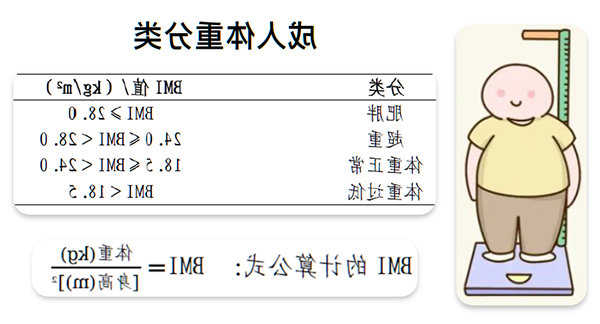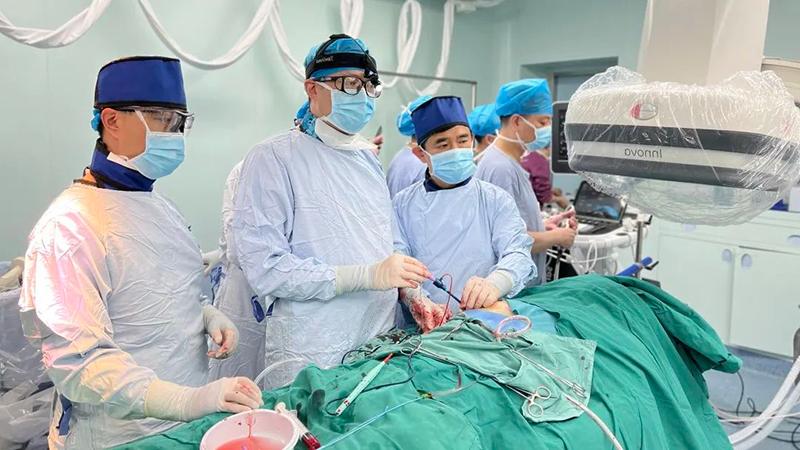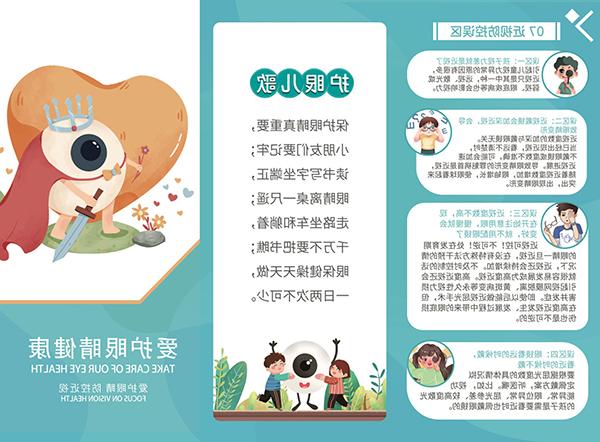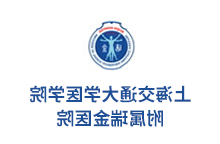Hospital dynamics
【hg7088皇冠手机注册】 How to eat obesity?The clinical nutrition expert of the Provincial Hospital affiliated to Shandong First Medical University will explain the food nutrition guide for you
Obesity is a chronic metabolic disease, in recent years, the global overweight and obesity rate is increasing rapidly, has become a serious problem threatening human health。According to the Report on Nutrition and Chronic Diseases of Chinese Residents (2020), the overweight rate and obesity rate of Chinese residents aged 18 and above are 34 percent respectively.3%、16.4%, the obesity rate of Chinese residents is on the rise。Obesity not only leads to a higher risk of premature death, but is also associated with a variety of chronic non-communicable diseases, including type 2 diabetes, stroke, coronary heart disease, high blood pressure, respiratory diseases, osteoarthritis and gallstones。Obesity is even associated with the development of a variety of tumors。Obesity prevention and control is urgent。
In order to prevent and control the occurrence and development of China's population obesity,Improve weight in obese patients,Adjust the daily diet structure,Improve people's nutrition and health,Develop traditional food and nutrition services,National Health Commission issues guidelines for Obese Adults,Based on food,Based on modern nutrition theory and relevant evidence,And the theory of Chinese traditional medicine and nursing program,The basic principles and examples of diet for adult obese patients with multi-disciplinary complementary advantages are presented。Experts from the clinical nutrition department of Shandong First Medical University Affiliated Provincial Hospital (Shandong Provincial Hospital) explain these dietary guidelines for friends who are troubled by obesity。
Obesity definition and determination
Obesity is a chronic metabolic disease with excessive accumulation of body fat to the extent of endangering health. It is a state of excessive weight growth caused by energy intake exceeding energy consumption or metabolic changes of the body。According to the etiology and pathogenesis of obesity, it can be divided into simple obesity and secondary obesity。Body mass index (BMI) and waist circumference (WC) are commonly used to determine the extent of overweight and obesity。
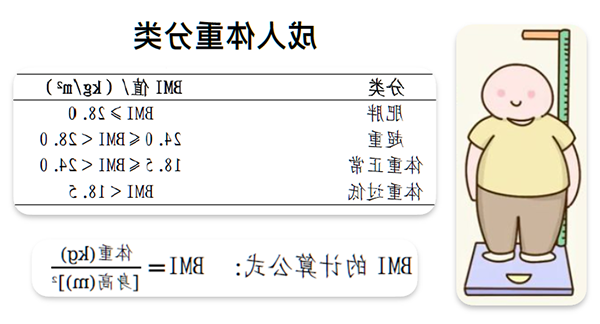
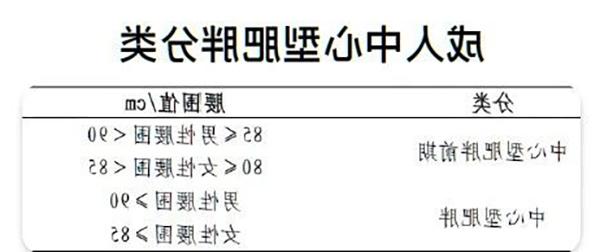
Understanding and classification of obesity in traditional Chinese medicine
Traditional Chinese medicine classifies obesity as "fat person", "paste person" and "fat person", and the cause is mostly related to age, physique, diet, emotion, work and rest factors。Traditional Chinese medicine believes that obesity is an intrinsic deficiency syndrome, syndrome differentiation involves phlegm, dampness, heat and other pathological factors, often mixed phlegm dampness, blood stasis, qi stagnation and other symptoms of the syndrome, the disease is mostly in the spleen and stomach, and is closely related to the kidney qi deficiency, and can involve the five viscera。Common syndrome differentiation and clinical manifestations are as follows:
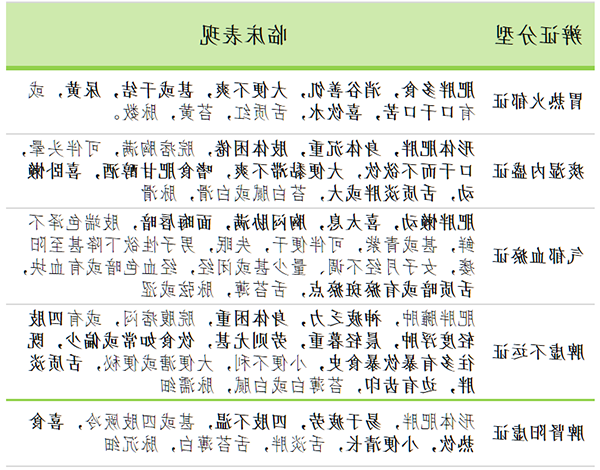
Principles and recommendations for food maintenance
According to the scientific theory of nutrition, the theory of traditional Chinese medicine and the current literature evidence of diet-related obesity research, on the basis of joint discussion and consensus building by the expert group, six principles and suggestions are put forward for the daily diet of adult obesity patients。
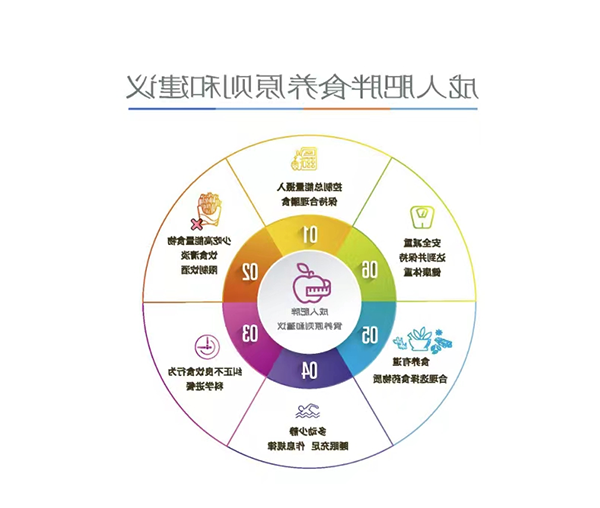
(1) Control total energy intake and maintain a reasonable diet。
Controlling total energy intake and maintaining a reasonable diet is the key to weight management. To control total energy intake, choose one of the following three options to achieve the goal of controlling total energy intake。
① Based on the daily energy requirements of different populations (Table 1),It is recommended to reduce daily energy intake by an average of 30% to 50% or 500 to 1000kcal,Or recommended daily energy intake of 1200 ~ 1500kcal for men, 1000 ~ 1200kcal for women limited energy balance diet。

According to the actual energy requirements corresponding to different individual basal metabolic rate and physical activity, 85% and 80% intake standards are given to overweight and obese individuals, respectively, in order to achieve negative energy balance, while meeting the basic needs of energy intake higher than the human basal metabolic rate。
③ Clinically, the ideal weight (kg) can also be calculated according to the height (cm) -105.,Then multiply the energy coefficient 15 ~ 35kcal/kg (15kcal/kg for general bedridden people, 20 ~ 25kcal/kg for light physically active people, 30kcal/kg for medium physically active people, 35kcal/kg for heavy physically active people),Calculate the individualized daily energy of an adult。
A rational diet should ensure a diversified and balanced diet of food intake while controlling total energy intake, ensure adequate intake of nutrients, and supplement complex nutrients when necessary。
The energy supply ratio of the three macronutrients is 20% to 30% for fat, 15% to 20% for protein, and 50% to 60% for carbohydrates。Three meals a day reasonable distribution of diet, recommended three meals in the morning, middle and evening energy supply ratio of 3:4:3。
Encourage staple foods based on whole grains,At least half of the grain,Appropriately increase coarse grains and reduce refined white rice noodle intake;Ensure adequate intake of fresh fruits and vegetables,Variety of vegetables and fruits,But to reduce the intake of high-sugar fruits and high-starch vegetables;Animal foods should be given priority to ingredients with low fat content,Such as lean meat, skinless chicken breast, fish and shrimp;Low fat or skim milk should be preferred。
When necessary, under the guidance of professionals such as doctors or nutrition guides, other dietary weight loss interventions such as high-protein diets, low-carbohydrate diets, intermittent fasting diets or nutritional meal replacement can be selected。A limited energy balance diet recipe is attached below:
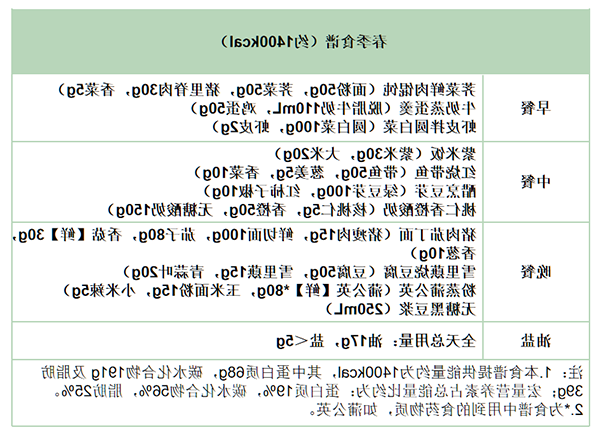
(2) Eat less high-energy food, eat a light diet, and limit alcohol consumption。
High-energy foods usually refer to foods that provide more than 400kcal/100g of energy, such as fried foods, sugary baked pastries, candies, fatty meats, etc.Whole grains, vegetables and fruits are generally low energy foods。Regular intake of high energy foods is associated with weight gain and obesity, and reducing intake of high energy foods can help control total dietary energy。Therefore, during weight loss should eat less high-energy foods, eat more foods rich in dietary fiber, such as whole grain foods, vegetables and so on。
During weight loss, the diet should be light, strictly control the intake of fat/oil, salt, and added sugar, the daily salt intake should not exceed 5g, the cooking oil should not exceed 20-25g, and the intake of added sugar should be controlled below 25g。
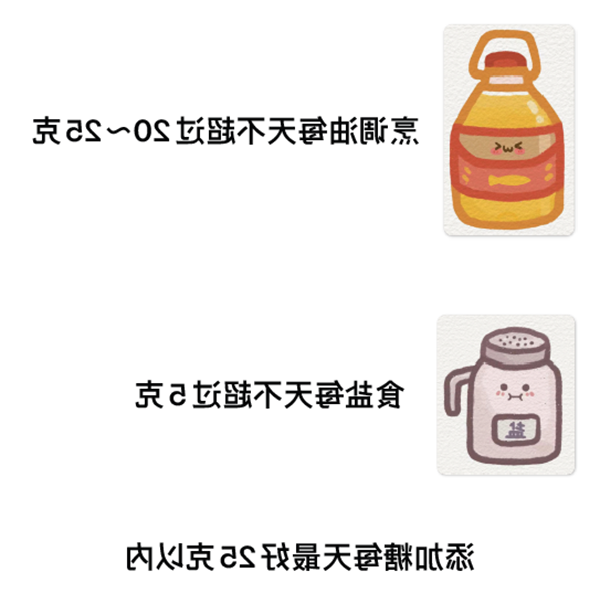
When cooking, reduce the amount of cooking oil, salt and sugar, use more steaming, cooking, cooking and slippery cooking methods, less oil frying, and reduce the amount of high-fat foods。
Take the initiative to read the nutrition label of the food when purchasing, choose foods with low fat, carbohydrate and/or sugar and sodium content, and try not to choose or choose less fried food, processed meat products, sugary baked pastries, preserves, candy, ice cream and sugary beverages。
Each gram of alcohol can produce about 7kcal of energy, which is much higher than the energy value produced by the same mass of carbohydrates and proteins。In addition to providing energy, alcohol contains very few nutrients that are useful to the human body。Therefore, alcohol consumption should be strictly restricted during weight loss。
Specific food choices can be referred to the following table:
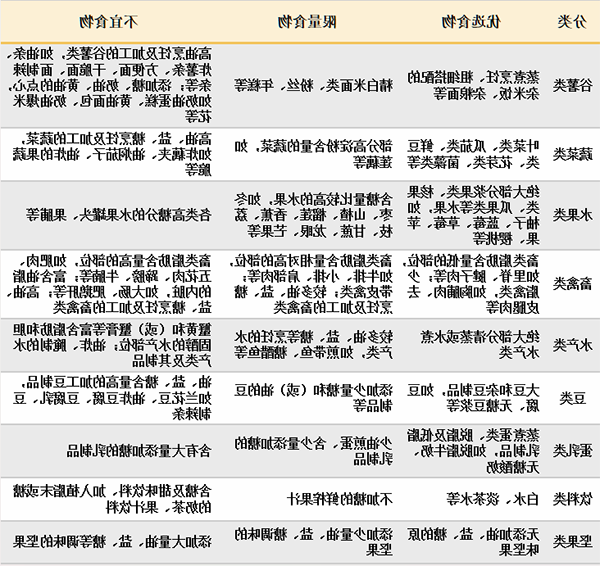
(3) Correct bad eating behaviors and eat scientifically。
Scientific selection, eating regularity, regular timing, and developing good eating behavior are the basis for maintaining a healthy weight。
On the basis of controlling the total energy intake, maintaining the time of three meals a day is relatively fixed, and eating regularly and quantitatively can avoid the delayed reaction of the satiety center caused by excessive hunger, resulting in excessive eating。Pay attention to breakfast, do not miss meals, do not eat dinner too late, it is recommended to eat dinner at 17:00~19:00, after dinner should not eat any food, but you can drink water。If you are still hungry or at risk of hypoglycemia after drinking water, you can appropriately choose to eat a little low-energy high-fiber food。
Do not overeat, control random eating snacks, drinks, avoid late night snacks。
Eating should be slow, intake of the same food, slow eating is conducive to reducing the total amount of food。
Slowing down your meals increases feelings of fullness and decreases hunger。
Changing the order of meals is also a simple, easy and effective way to lose weight。Eating in a vegetable-meat-staple order can also help reduce the intake of energy-dense foods。
(4) More movement and less quiet, adequate sleep, regular work and rest。
Insufficient or lack of physical activity and a sedentary static lifestyle are important causes of obesity。Physical activity can achieve weight loss by increasing energy consumption, regulating body fat, protein and carbohydrate metabolism, and developing a physique that is not easy to gain weight。The exercise principle of weight loss in obese patients is mainly low-intensity aerobic exercise, supplemented by resistance exercise。150 to 300 minutes of moderate intensity aerobic exercise per week, 5 to 7 days per week, at least once every other day;Resistance exercise 2 to 3 days a week, once every other day, 10 to 20 minutes each time。Energy consumption is 2000kcal or more per week through exercise。
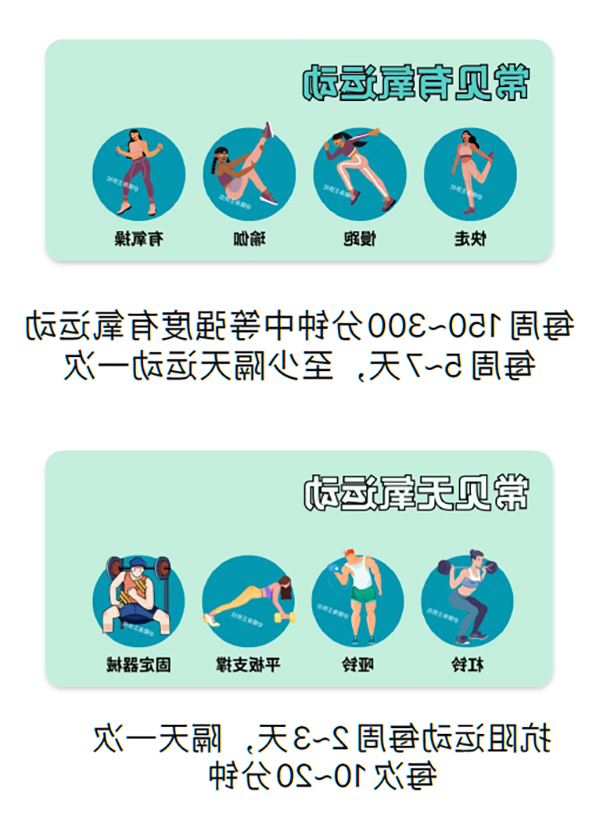
The process of weight loss is the process of restoring a good lifestyle。First of all, we should develop interest and make exercise a habit。By increasing daily physical activity, planned exercise, step by step, gradually increase the amount of exercise, to reach the recommended amount of weekly。As much as possible to reduce sitting and passive video time, daily sitting and passive video time should be controlled within 2 to 4 hours。For long-term sitting or desk workers, every hour to get up and activity for 3 to 5 minutes。
Often staying up late, lack of sleep, irregular work and rest can cause endocrine disorders, abnormal fat metabolism, increase the risk of obesity, resulting in "overwork and fat".。Obese patients should ensure about 7 hours of sleep per day according to circadian rhythms, and it is recommended to go to bed before 11 p.m。
(5) Food and nutrition, reasonable choice of food and medicine substances。
Follow the "medicine and food homology" theory,Combined with TCM syndrome differentiation and type treatment,The food and drug substances which have the function of clearing stomach heat and dissipating stagnation were used in the syndrome of stomach heat depression,Such as dendrobium officinale, malt, etc.Phlegm-dampness internal excess syndrome adopts the food and drug substance which has the function of eliminating phlegm and stagnation,Such as coix seed, orange peel, sand kernel, etc.;The syndrome of qi stagnation and blood stasis adopts the food and drug substances that regulate qi and remove blood stasis,Such as orange peel, hawthorn, angelica, etc.;The food and drug substances for invigorating spleen and invigorating qi were used for spleen deficiency syndrome,Such as poria, yam, lotus seeds, etc.;In spleen-kidney Yang deficiency syndrome, food and drug substances for warming Yang and tonifying deficiency were used,Such as cumin, yam, cinnamon and so on,Examples of food and nutrition prescriptions corresponding to different syndrome types are shown in the following table:

(6) Safe weight loss to achieve and maintain a healthy weight。
Scientific weight loss needs to follow the principle of gradual progress, so that the brain's thinking, body fat, muscles and various organs can adapt to the new energy state and gradually reach a new balance。The speed of weight loss is not the faster the better, too fast speed of weight loss is easy to cause damage to the body organs and tissues, and even life-threatening。Postpartum nursing mothers, the elderly and people with chronic metabolic diseases should scientifically lose weight under the guidance of professionals such as doctors or nutritional guides to avoid unreasonable weight loss that causes damage to health。
The ideal weight loss goal should be to reduce 5% to 10% of the current weight within 6 months, and the reasonable weight loss rate is to lose 2 to 4kg per month。
The process of weight loss should pay attention to self-monitoring, including not only the monitoring of weight changes, but also the monitoring of food intake and physical activity。
In the process of weight loss, we should not only pay attention to changes in weight, but also pay attention to changes in body fat percentage and muscle mass, so as to reduce muscle loss and maintain the body's muscle mass and basal metabolic rate。







